9 recipes of Korean dishes that make use of Maesil Cheong 매실청, also known as Korean Green Plum Extract or Green Plum Syrup. The flavors of this magnificent aromatic fruit adds a magical flavor of delicate sweet and sour flavors so I hope you try it!

I just recently bottled my Maesil Cheong that I started in May about 100 days ago and thought this would be a good time to share what you can do with them!
What is Maesil Cheong? Green Plum Syrup?
Maesil Cheong 매실청, or Korean Green Plum Syrup, is a very popular seasoning ingredient in Korean cuisine. Because this syrup was never used in dishes when I was growing up, I didn’t pay much attention to Maesil Cheong earlier in my cooking journey, BUT once I used it, I could see why everyone was so crazy about it.
You know how a splash of lemon juice or a little drop of honey wakens everything up when you cook? Well, the Maesil Cheong will do both! Add a hint of sour and sweet (but very delicately) wherever it’s added and it will surely make your dish more delicious!
BTW, not only is it delicious, it also boasts multiple health benefits including helping with digestion after a big meal.
How is Maesil Cheong made?
Green Ume Plums are harvested before they are ripe and then it’s left in a container with equal weight of sugar for over a period of about 3 months (100 days to be exact). If you want to try and make some Maesil Cheong yourself, I have a recipe post made just for this purpose!
The very fragrant and sour juice from the plums is slowly extracted due to the sugar that surrounds the fruit. And all the juice from the fruit and the sugar will end up making syrup.
WHERE TO BUY FRESH GREEN PLUMS or Maesil CHEONG SYRUP
Unfortunately, green plums are not easily available throughout the US yet and they are only available for a short time in late spring from May-June. Your best bet is to find a local Japanese or Korean grocery store.
If not, you can just simply buy it year round from any Korean grocery store or online from my Amazon Store here.
How to use Maesil Cheong (Green Plum Syrup) in Korean cooking
Add Maesil Cheong to dishes that could use a bit of sweet flavor with a hint of sour. Note, this doesn’t add a lot of sweetness but even a swirl in a sauce, in your salads, in your marinades will go a long way. Also, you can enjoy it alone as a drink.
First – Make a Cold Maesil Cheong Drink!
First, before we go on any further, did you know the easiest and simplest way to enjoy Maesil Cheong is to just mix a couple spoonfuls with cold water with some ice? About 3 Tbs to 1 cup of water should be a good start.
Korean Recipes that use Maesil Cheong
Simple Oven Baked Korean Spicy Pork
All you need for this recipe is 4 seasoning ingredients, with Maesil Cheong being one of them. It can’t possibly get simpler than that, I think!
I created this recipe knowing that a lot of people would prefer using the oven to cook, because it’s easier and a lot more consistent to do so. The spicy pork will taste similar to Pork Bulgogi, but it’ll be less gingery and sweet. You can adjust the flavors however you like.
Putbaechu Kimchi — Seoul Green Cabbage Kimchi
Eolgari 얼갈이, also known as Putbaechu Kimchi, is a type of Kimchi that’s made with Seoul green cabbage. It’s thinner and more fibrous than your common Napa Kimchi but it just works perfectly for this type of recipe.
The extra amount of juice pictured in the image above makes it very refreshing to eat this Kimchi in hot summers. It is the perfect seasoning for Mul Naengmyeon (Korean Cold Noodle Soup)!
In this recipe, Maesil Cheong is an optional ingredient. If you want a bit of extra zing in your Yangnyeom (seasoning), then don’t forget to add a drizzle in.
Easy Baked Salmon with Mayo + Masago
Baked Salmon in Mayo Masago (Capelin fish roe) sauce is a recipe beloved by Korean Americans. The salmon is topped by a mayo + masago eggs + onion mixture that keeps the salmon extra moist and amazing!
Maesil Cheong is added to the sauce to give it more of a delicate flavor. If you have trouble getting your hands on some Masago, you can substitute it with Tobiko (flying fish roe). They look extremely similar but do have a slight difference in taste.
Kkaenip Jjim — Steamed Perilla Leaves
A lightly seasoned Korean summertime side dish made with Perilla (Kkaennip) leaves.
Usually, Kkaennip Jjim is served in stronger-flavored sauces. The sauce in this recipe is lighter, which allows you to fully taste the Perilla, instead of overpowering it. You can substitute the sugar in the seasoning with Maesil Cheong— experiment around to see which you prefer more!
Korean Rib-eye Steak Salad with Soy Plum Dressing
The Soy Plum dressing in this salad is all about the green plum syrup! The addition of plum syrup to the dressing really brightens up this dish, bringing the flavors alive!
The recipe offers substitutes for the extract if you don’t have any on hand.
Ssamjang — Korean Spicy Dipping Sauce
In Korean cuisine, Ssamjang is a thick paste like sauce that is used as a condiment for Ssam (lettuce wrap), or Ssambap (lettuce wrap with rice). In other words, it’s a “Sauce for Lettuce Wraps”. Personally, Ssamjang is a must-have whenever I decide to have a Korean BBQ with some Ssam.
Bomdong Kimchi — Fresh Kimchi Salad with Spring Cabbage
Have you ever heard of Bomdong cabbages? It’s a kind of cabbage that is only available during Spring. Bomdong cabbages grow flatly outwards, unlike Napa cabbages are skinnier, and prefer growing upwards.
You’d think Bomdong cabbages are hard to find, but I managed to locate some in my local market in California! You can also grow them yourself if you can buy some Bomdong seeds. I recommend adding a splash of Maesil Cheong at the very end to add a punch to the flavors.
Poke Nachos with Gochujang Mayo Sauce
My friends are absolutely enamored with this colorful and incredible party appetizer that it brings me so much joy whenever I make it for them!
Sashimi and nachos sound absolutely foreign together I know… but the marinades and the sauce is what brings it together. If you like Poke Bowls, you will love how my Gochujang Mayo gives it a punch while the reduced sweetened soy sauce containing Maesil Cheong finishes the dish with an perfectly balanced sour and sweet flavor in your mouth.
Makguksu — Korean Buckwheat Noodle Salad
Known for their exceptional ability in cooling the body, Maemil (Korean buckwheat noodles) are not to be underestimated. I survived many sweltering summers with Makguksu, you know!


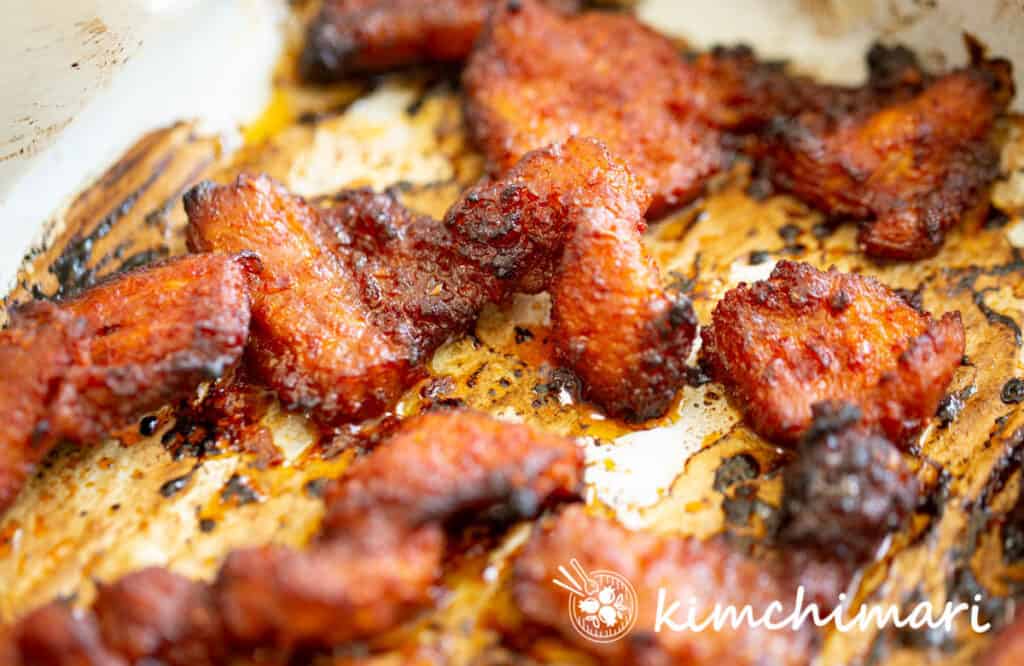
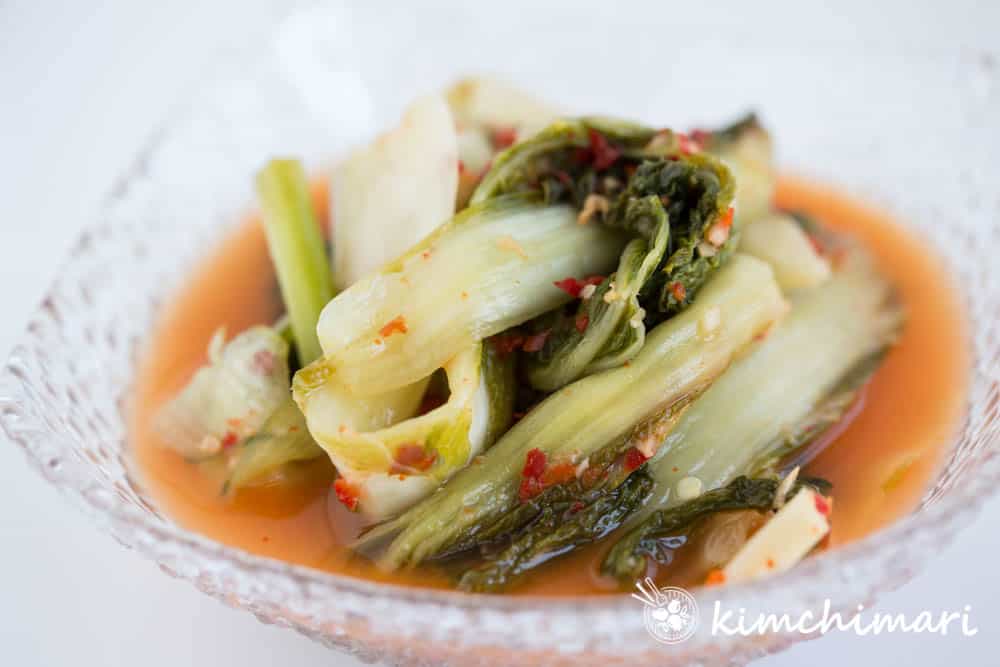
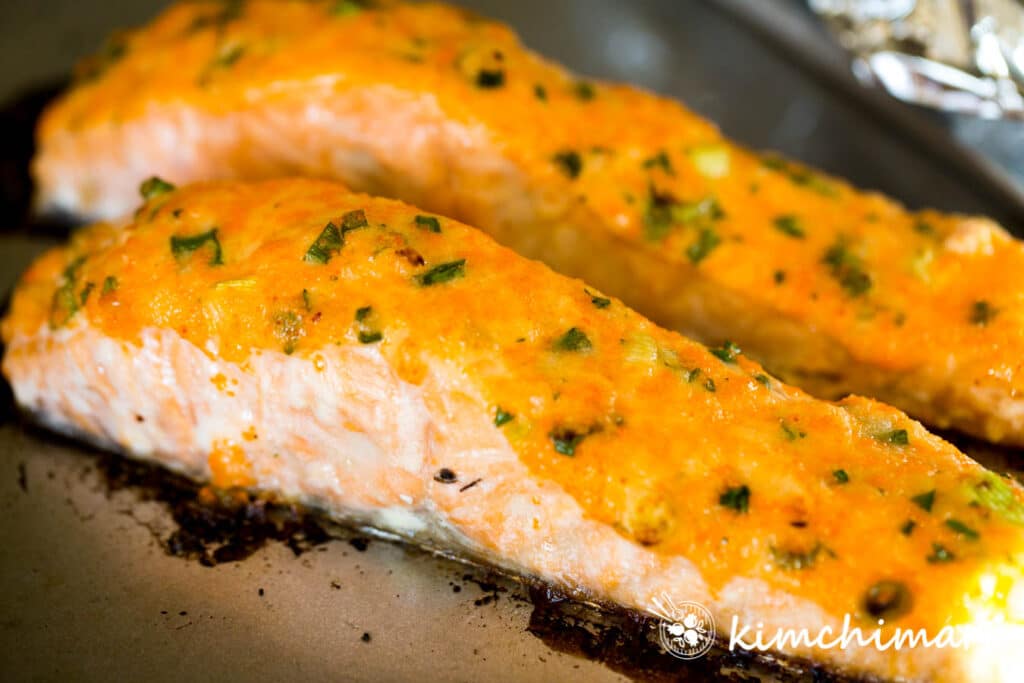
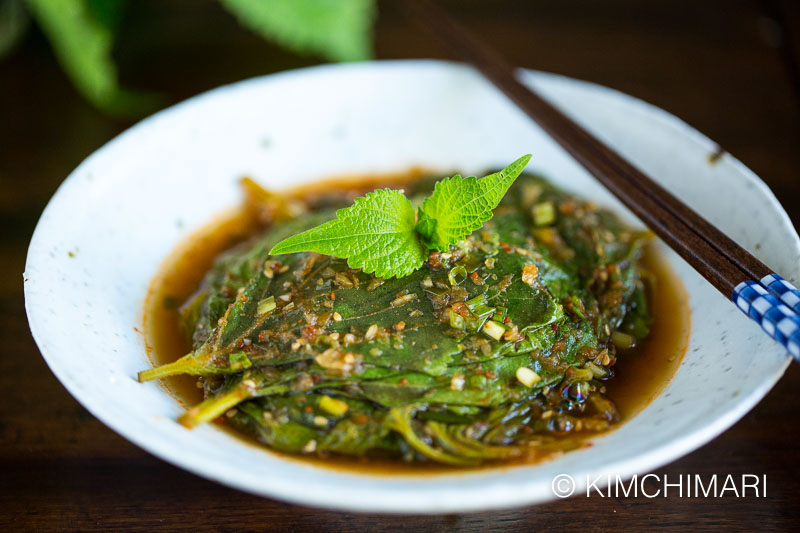
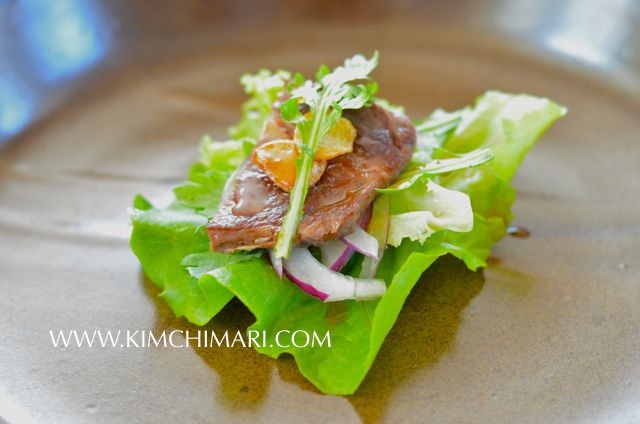
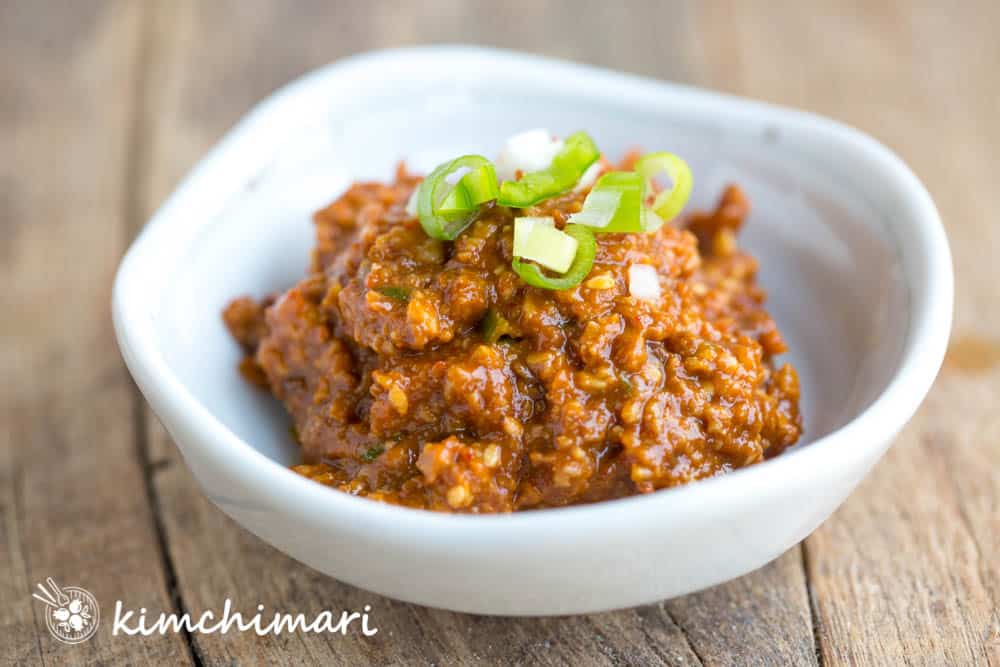
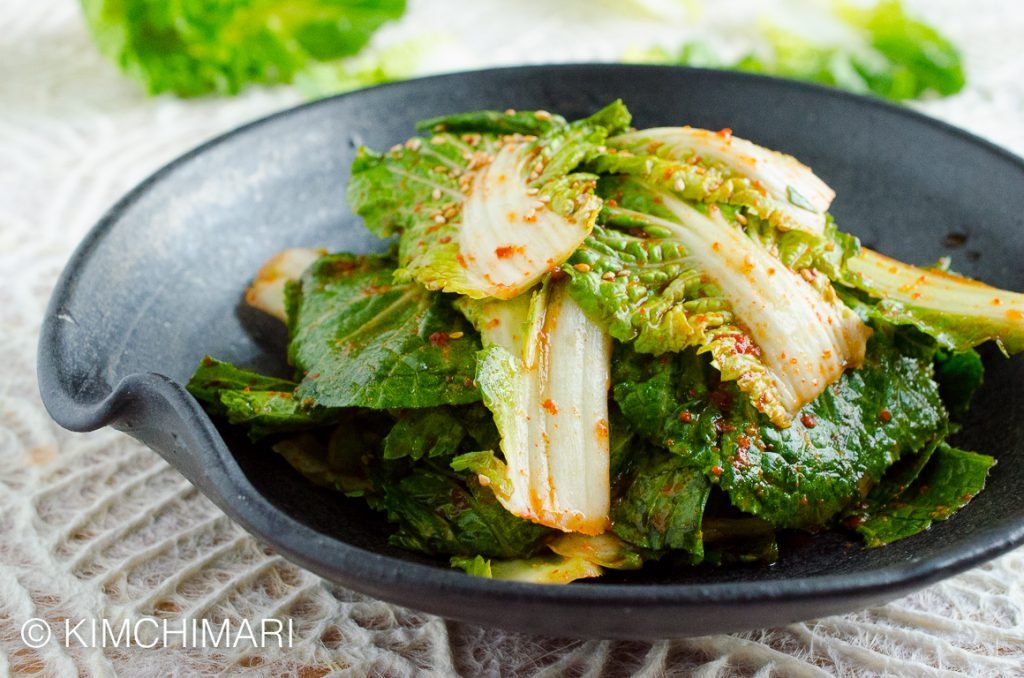
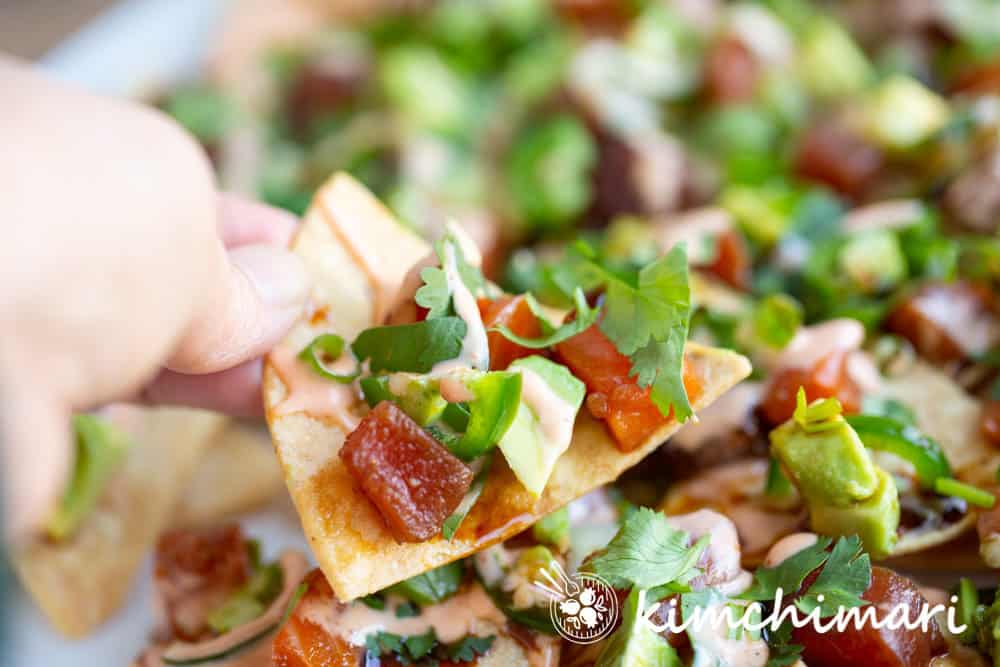
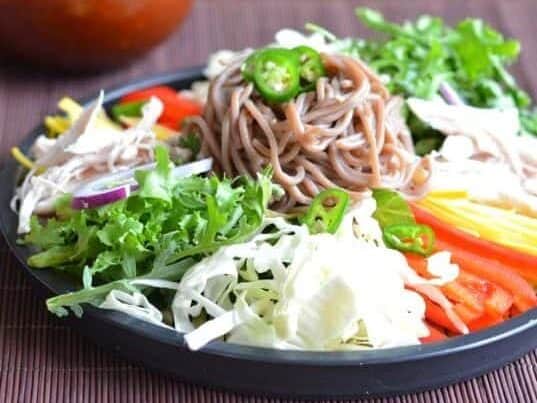
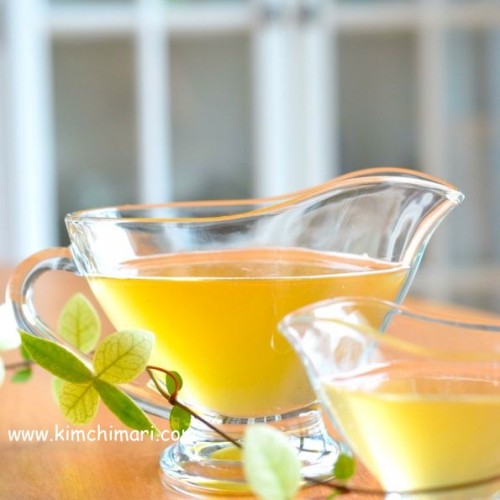
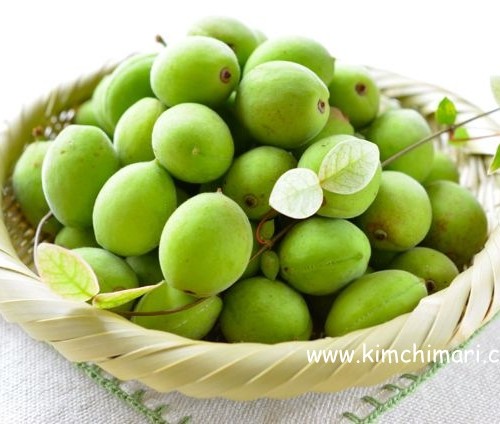

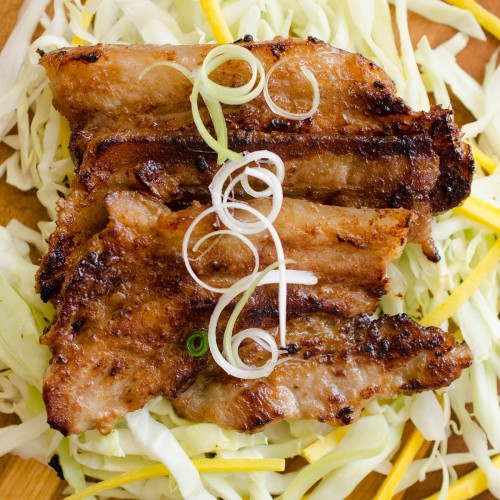
















I hope this finds you well.
Love this!
I took my sons to Korean bbq in Alhambra Ca that had daechong I think had a simple garlic marinade? The boys really like a dipping sauce made of muddled preserved plums and I don’t know what else.
I was wondering if you know what that dipping sauce is.
Thank you!
God bless you!
Hi! I am just not sure what the sauce could be. Many restaurants make their own dipping sauce versions so it’s hard to say. It’s usually a mix of some pickle juice from cucumber or garlic pickles and some water, soy sauce, yellow mustard and maybe Maesil syrup. Hope that helps!